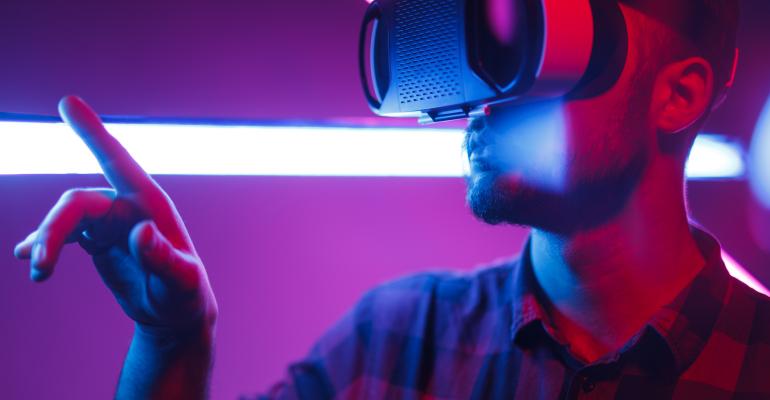Meeting planners have been using virtual reality to check out new destinations for a while, as it’s inexpensive to don a Google Cardboard headset and virtually walk through meeting halls to narrow down a list of potential host venues. But for the most part, meeting professionals have left VR activities to exhibitors or speakers with technically advanced presentations. IBM famously had SXSW attendees doing VR cycle rides to learn about Watson at the firm’s booth in 2016, and Charity: Water takes donors on VR “trips” that show children in developing countries carrying heavy water cans from unclean sources.
But now that the technology has passed the novelty stage, it’s time to look at how meeting professionals can integrate VR into a meeting to enhance the experience for all attendees.
This MeetingsNet story illustrates how VR-based education can benefit attendees as they learn practical skills, such as surgery. And conference attendees who communicate with sign language should really be looking at the speaker and the presentation materials, not the person signing at the side of the stage. VR can superimpose sign language on the presenter, in large or small events.
The latest application of the technology allows your attendees to experience a product—in this case food and beverages, but it could be a car, or any other item. Experiments such as having attendees drink champagne in a simulated tasting room versus in a bar, or eating cheese in a simulated barnyard versus on a park bench, show that your next product demo might benefit from a virtual reality setting.




